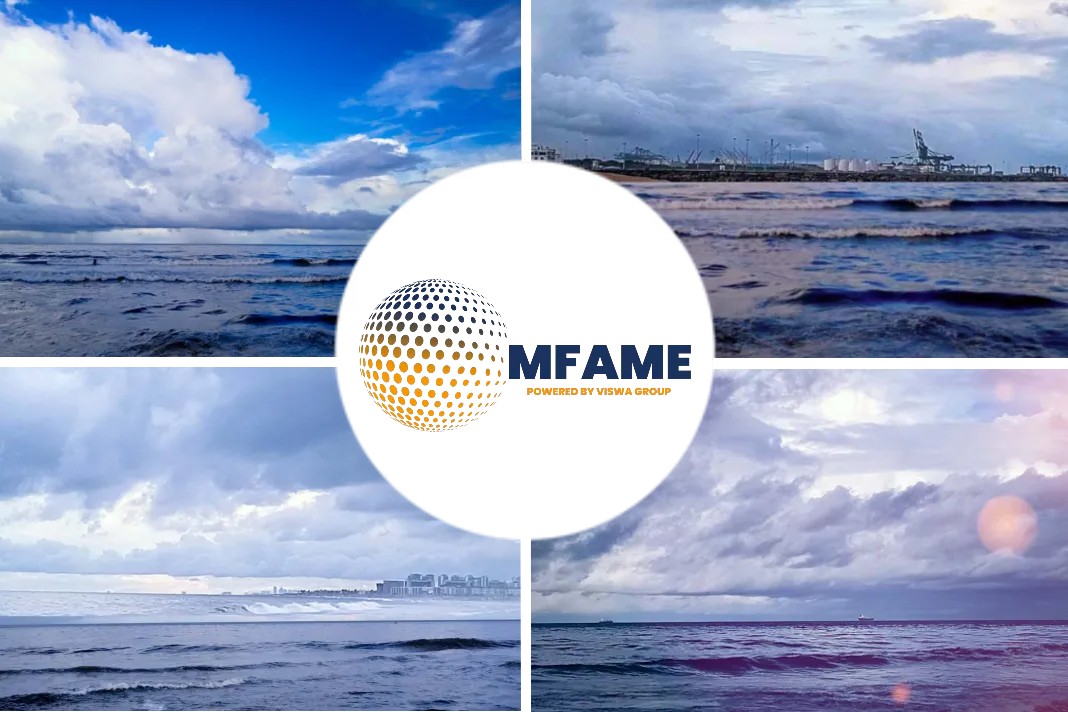
Developing an entirely bespoke large new ferry is an expensive and resource intensive task. Multiple years of work often take place before any order is placed with a shipyard. Operators will usually ask a number of different parties to provide a concept design based on outline requirements so that the operator can assess different options and select the best proposal for them. This concept will be a basic design proposal without the detailed drawings which will be drawn up in cooperation with the winning shipyard.
One recent example of this process was when KiwiRail’s ferry subsidiary Interislander solicited submissions to replace their existing vessels with brand-new tonnage in August 2019 for their Inter-island Resilient Connection (iReX) Project. The proposal selected at the end of this process was from OSK-Shiptech and Hyundai Mipo Dockyard (HMD), but other concepts were also considered. Sweden-based Stena RoRo was one of the other parties to submit concept proposals. These concepts were based on Stena’s proven E-Flexer design. A NiFerry article looks at one of these proposals further.
The winning bid
During December 2020, Interislander signed a letter of intent with Danish company OSK-Shiptech and Hyundai Mipo Dockyard (HMD) of South Korea to build two ships for its fleet replacement strategy. In June 2021, the final contract was signed. While the concept design was by OSK, Hyundai Mipo is looking after both the detailed design and construction of the vessels.
The two new ships will replace Interislander’s existing three smaller vessels. One of these, ARATARE, was the last vessel to be purpose-built for the company and is a rail ferry. The other two, KAITAKI and KAIARAHI, are Ro-Pax ferries acquired second-hand from Northern Europe.
The OSK/HMD proposal was for two 220m long Diesel-electric-hybrid rail enabled Ro-Pax ferries with capacity for 1,910 people, 43 rail wagons, 62 trucks, and 170 cars each. The 43 rail wagons are accommodated on deck 3, though up to 1,370lm of road vehicles (or a mix of rail and road vehicles) can be accommodated instead.
Up to 1,235 lane metres of freight and passenger road vehicles can be located on deck 5. There is also a dedicated passenger car garage which stretches the length of deck 7. This is accessed via a pair of fixed ramps (one each on the port and starboard side) from deck 5. Passenger facilities are spread out over three decks: decks 8, 9, and 11.
Stena’s E-Flexer concept
Sweden-based Stena RoRo has already been successful in securing twelve firm orders for its E-Flexer design. Sister-company Stena Line, Brittany Ferries, DFDS, and Marine Atlantic all have either E-Flexer vessels in service or orders placed. The E-Flexer platform is modular in nature and was designed to be customised to the needs of operators, hence its popularity.
In addition to changing the overall length of the vessel, nature of passenger facilities and the number of cabins onboard the ferry, operators are also able to select from different propulsion options such as Diesel or LNG/Diesel dual-fuel, mechanical or diesel-electric, and battery hybrid options.
By using a standard platform operators are able to keep fleet replacement costs low as economies of scale come into play. Stena RoRo is also able to take care of all project management, and shoulder the financial risks associated with shipbuilding. The Swedish company offers long-term charters for E-Flexer vessels with a purchase option, removing the need for ferry operators to raise hundreds of millions of dollars to fund a new-build programme.
Did you subscribe to our daily Newsletter?
It’s Free! Click here to Subscribe
Source: NiFerry





















